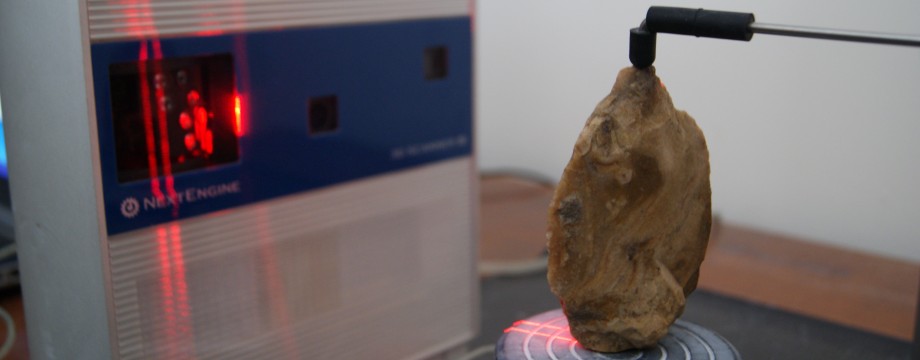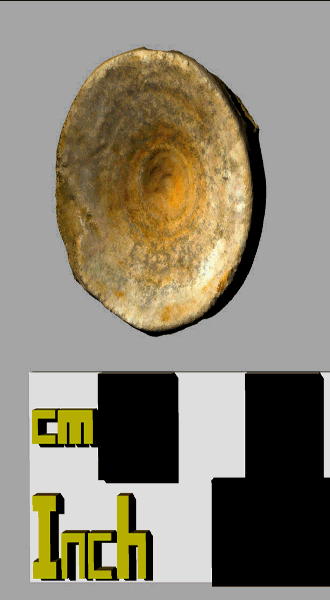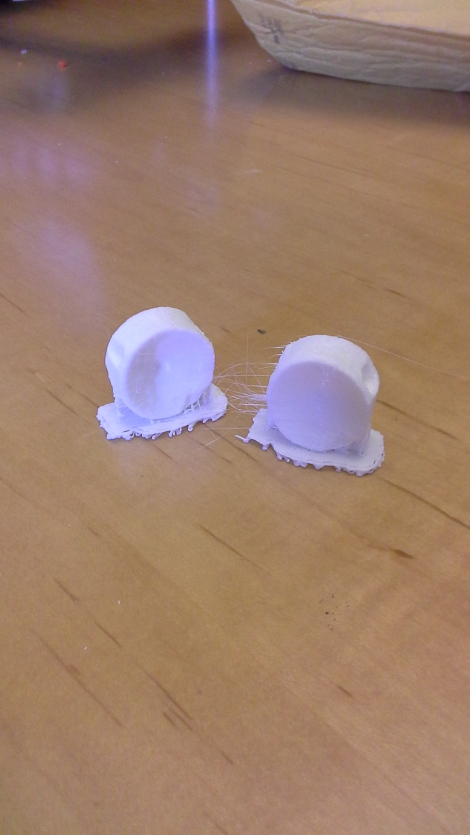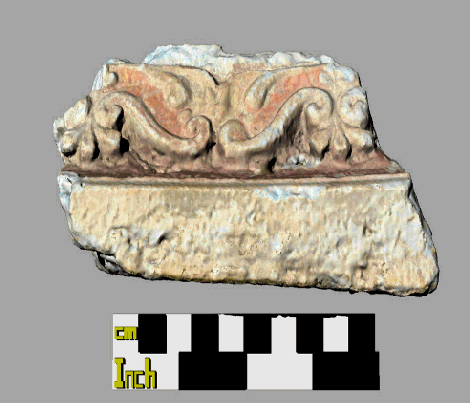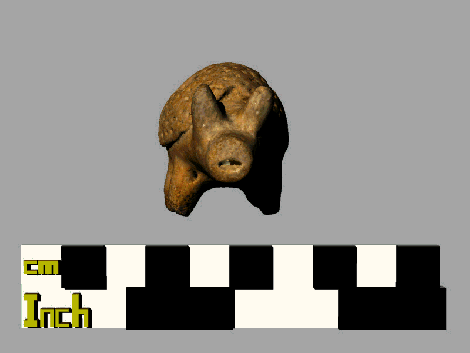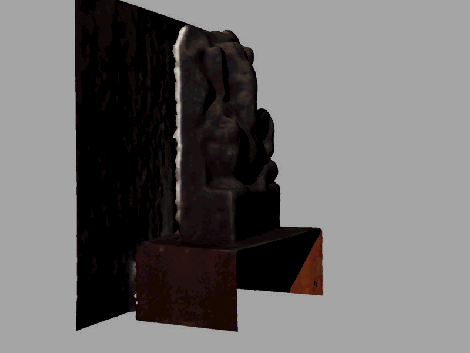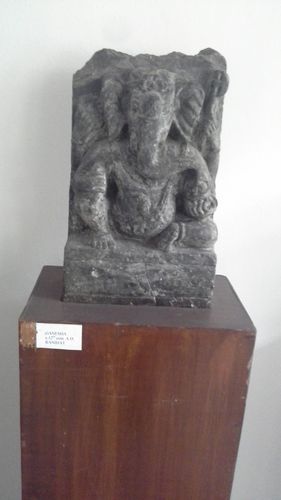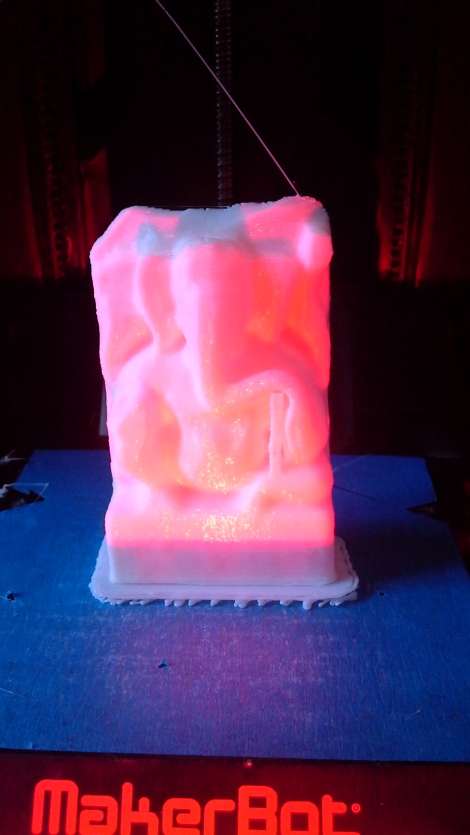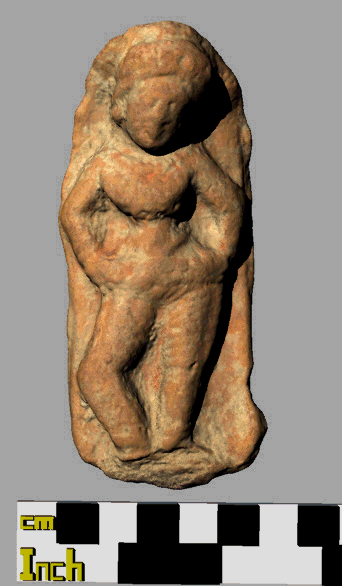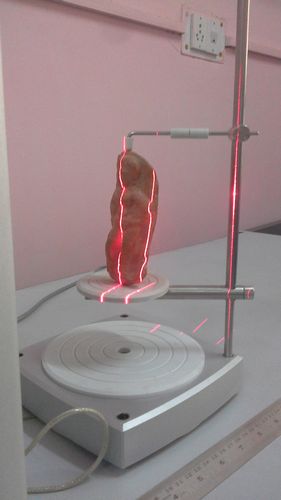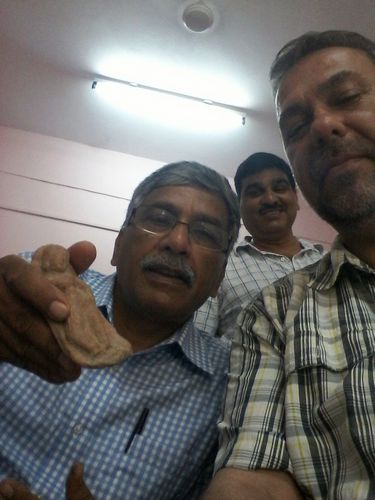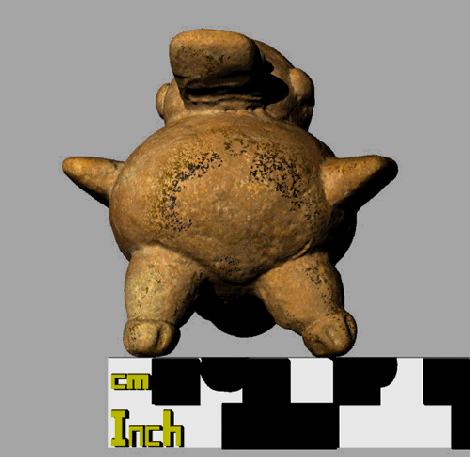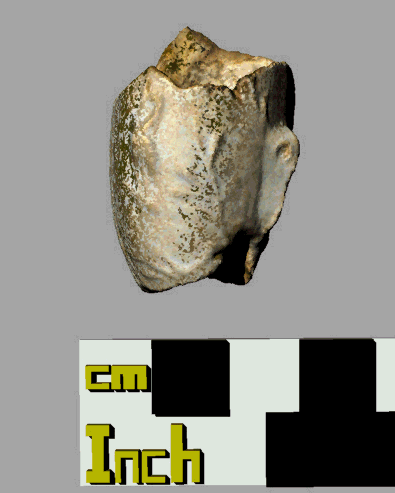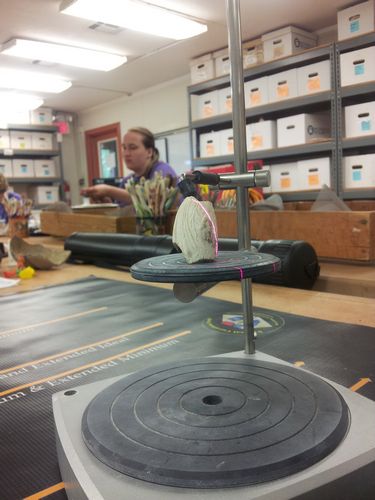by Bernard K. Means, Director of the Virtual Curation Laboratory (VCL)
Today’s animation is a crude discoidal that was excavated sometime between from March 2 and May 18, 1937, as part of work relief archaeology at the Peck 2 site, a Monongahela village in Somerset County, Pennsylvania.
It is now within the archaeological collections of The State Museum of Pennsylvania (TSMP). It appears to be unfinished and its final form may have been intended to be a chunkey stone, such as this one from the Fort Hill site, another village excavated by work relief archaeologists.
